Particle And Fibre ToxicologySCIE
國際簡稱:PART FIBRE TOXICOL 參考譯名:顆粒和纖維毒理學(xué)
- 基本信息:
- ISSN:1743-8977
- E-ISSN:1743-8977
- 是否OA:開放
- 是否預(yù)警:否
- TOP期刊:是
- 出版信息:
- 出版地區(qū):England
- 出版商:BioMed Central
- 出版語言:English
- 出版周期:Irregular
- 出版年份:2004
- 研究方向:TOXICOLOGY
- 評價(jià)信息:
- 影響因子:7.2
- H-index:83
- CiteScore指數(shù):15.9
- SJR指數(shù):2.019
- SNIP指數(shù):1.52
- 發(fā)文數(shù)據(jù):
- Gold OA文章占比:100.00%
- 研究類文章占比:97.96%
- 年發(fā)文量:49
- 自引率:0.04
- 開源占比:1
- 出版撤稿占比:0
- 出版國人文章占比:0.12
- OA被引用占比:1
英文簡介Particle And Fibre Toxicology期刊介紹
Particle and Fibre Toxicology is a multi-disciplinary journal focused on understanding the physical properties and the chemistry of particles and fibres in relation to exposure in general and workplace environments and the resulting adverse human health effects (toxicity).
Particle and Fibre Toxicology is an open access, peer-reviewed journal functioning as a forum for debate and communication among toxicologists, as well as scientists from other disciplines that produce and develop particle and fibre materials, including material sciences, biomaterials, and nanomedicine. In addition, there are diverse scenarios where particles may pose a toxicological threat due to new applications of old materials or introduction of new materials. The journal provides a single, identifiable outlet for all these disciplines.
期刊簡介Particle And Fibre Toxicology期刊介紹
《Particle And Fibre Toxicology》自2004出版以來,是一本醫(yī)學(xué)優(yōu)秀雜志。致力于發(fā)表原創(chuàng)科學(xué)研究結(jié)果,并為醫(yī)學(xué)各個(gè)領(lǐng)域的原創(chuàng)研究提供一個(gè)展示平臺(tái),以促進(jìn)醫(yī)學(xué)領(lǐng)域的的進(jìn)步。該刊鼓勵(lì)先進(jìn)的、清晰的闡述,從廣泛的視角提供當(dāng)前感興趣的研究主題的新見解,或?qū)彶槎嗄陙砟硞€(gè)重要領(lǐng)域的所有重要發(fā)展。該期刊特色在于及時(shí)報(bào)道醫(yī)學(xué)領(lǐng)域的最新進(jìn)展和新發(fā)現(xiàn)新突破等。該刊近一年未被列入預(yù)警期刊名單,目前已被權(quán)威數(shù)據(jù)庫SCIE收錄,得到了廣泛的認(rèn)可。
該期刊投稿重要關(guān)注點(diǎn):
- 預(yù)計(jì)審稿時(shí)間: 約稿?周期不定
- 國際TOP期刊
- 醫(yī)學(xué)
- TOXICOLOGY
- SCIE
- 中科院1區(qū)
- 非預(yù)警
Cite Score數(shù)據(jù)(2024年最新版)Particle And Fibre Toxicology Cite Score數(shù)據(jù)
- CiteScore:15.9
- SJR:2.019
- SNIP:1.52
| 學(xué)科類別 | 分區(qū) | 排名 | 百分位 |
| 大類:Pharmacology, Toxicology and Pharmaceutics 小類:Toxicology | Q1 | 4 / 133 |
97% |
| 大類:Pharmacology, Toxicology and Pharmaceutics 小類:Health, Toxicology and Mutagenesis | Q1 | 7 / 148 |
95% |
CiteScore 是由Elsevier(愛思唯爾)推出的另一種評價(jià)期刊影響力的文獻(xiàn)計(jì)量指標(biāo)。反映出一家期刊近期發(fā)表論文的年篇均引用次數(shù)。CiteScore以Scopus數(shù)據(jù)庫中收集的引文為基礎(chǔ),針對的是前四年發(fā)表的論文的引文。CiteScore的意義在于,它可以為學(xué)術(shù)界提供一種新的、更全面、更客觀地評價(jià)期刊影響力的方法,而不僅僅是通過影響因子(IF)這一單一指標(biāo)來評價(jià)。
中科院SCI分區(qū)Particle And Fibre Toxicology 中科院分區(qū)
| 大類學(xué)科 | 分區(qū) | 小類學(xué)科 | 分區(qū) |
| 醫(yī)學(xué) | 1區(qū) | TOXICOLOGY 毒理學(xué) | 1區(qū) |
中科院分區(qū)表 是以客觀數(shù)據(jù)為基礎(chǔ),運(yùn)用科學(xué)計(jì)量學(xué)方法對國際、國內(nèi)學(xué)術(shù)期刊依據(jù)影響力進(jìn)行等級(jí)劃分的期刊評價(jià)標(biāo)準(zhǔn)。它為我國科研、教育機(jī)構(gòu)的管理人員、科研工作者提供了一份評價(jià)國際學(xué)術(shù)期刊影響力的參考數(shù)據(jù),得到了全國各地高校、科研機(jī)構(gòu)的廣泛認(rèn)可。
中科院分區(qū)表 將所有期刊按照一定指標(biāo)劃分為1區(qū)、2區(qū)、3區(qū)、4區(qū)四個(gè)層次,類似于“優(yōu)、良、及格”等。最開始,這個(gè)分區(qū)只是為了方便圖書管理及圖書情報(bào)領(lǐng)域的研究和期刊評估。之后中科院分區(qū)逐步發(fā)展成為了一種評價(jià)學(xué)術(shù)期刊質(zhì)量的重要工具。
JCR分區(qū)Particle And Fibre Toxicology JCR分區(qū)
| 按JIF指標(biāo)學(xué)科分區(qū) | 收錄子集 | 分區(qū) | 排名 | 百分位 |
| 學(xué)科:TOXICOLOGY | SCIE | Q1 | 5 / 106 |
95.8% |
| 按JCI指標(biāo)學(xué)科分區(qū) | 收錄子集 | 分區(qū) | 排名 | 百分位 |
| 學(xué)科:TOXICOLOGY | SCIE | Q1 | 3 / 106 |
97.64% |
JCR分區(qū)的優(yōu)勢在于它可以幫助讀者對學(xué)術(shù)文獻(xiàn)質(zhì)量進(jìn)行評估。不同學(xué)科的文章引用量可能存在較大的差異,此時(shí)單獨(dú)依靠影響因子(IF)評價(jià)期刊的質(zhì)量可能是存在一定問題的。因此,JCR將期刊按照學(xué)科門類和影響因子分為不同的分區(qū),這樣讀者可以根據(jù)自己的研究領(lǐng)域和需求選擇合適的期刊。
發(fā)文數(shù)據(jù)
- 國家/地區(qū)數(shù)量
- USA52
- CHINA MAINLAND34
- GERMANY (FED REP GER)23
- Denmark17
- Belgium15
- England15
- Netherlands13
- France10
- Taiwan10
- Japan9
本刊中國學(xué)者近年發(fā)表論文
-
1、Correlation of regional deposition dosage for inhaled nanoparticles in human and rat olfactory
Author: Lin Tian, Yidan Shang, Rui Chen, Ru Bai, Chunying Chen, Kiao Inthavong, Jiyuan Tu
Journal: Particle and Fibre Toxicology, 2019, Vol.16, , DOI:10.1186/s12989-019-0290-8
-
2、Erratum to: Intragastric exposure to titanium dioxide nanoparticles induced nephrotoxicity in mice, assessed by physiological and gene expression modifications
Author: Suxin Gui, Xuezi Sang, Lei Zheng, Yuguan Ze, Xiaoyang Zhao, Lei Sheng, Qingqing Sun, Zhe Cheng, Jie Cheng, Renping Hu, Ling Wang, Fashui Hong, Meng Tang
Journal: Particle and Fibre Toxicology, 2013, Vol.10, 51, DOI:10.1186/1743-8977-10-51
-
3、Toxicity of graphene-family nanoparticles: a general review of the origins and mechanisms
Author: Lingling Ou, Bin Song, Huimin Liang, Jia Liu, Xiaoli Feng, Bin Deng, Ting Sun, Longquan Shao
Journal: Particle and Fibre Toxicology, 2016, Vol.13, , DOI:10.1186/s12989-016-0168-y
-
4、Surface modification-mediated biodistribution of <Superscript>13</Superscript>C-fullerene C<Subscript>60</Subscript> in vivo
Author: Chenglong Wang, Yitong Bai, Hongliang Li, Rong Liao, Jiaxin Li, Han Zhang, Xian Zhang, Sujuan Zhang, Sheng-Tao Yang, Xue-Ling Chang
Journal: Particle and Fibre Toxicology, 2015, Vol.13, , DOI:10.1186/s12989-016-0126-8
-
5、An acetyl-L-carnitine switch on mitochondrial dysfunction and rescue in the metabolomics study on aluminum oxide nanoparticles
Author: Xiaobo Li, Chengcheng Zhang, Xin Zhang, Shizhi Wang, Qingtao Meng, Shenshen Wu, Hongbao Yang, Yankai Xia, Rui Chen
Journal: Particle and Fibre Toxicology, 2015, Vol.13, , DOI:10.1186/s12989-016-0115-y
-
6、Multi-walled carbon nanotubes-induced alterations in microRNA <Emphasis Type="Italic">let-7</Emphasis> and its targets activate a protection mechanism by conferring a developmental timing control
Author: Li Zhao, Hanxiao Wan, Qizhan Liu, Dayong Wang
Journal: Particle and Fibre Toxicology, 2017, Vol.14, , DOI:10.1186/s12989-017-0208-2
-
7、Prenatal and postnatal mothering by diesel exhaust PM<Subscript>2.5</Subscript>-exposed dams differentially program mouse energy metabolism
Author: Minjie Chen, Shuai Liang, Huifen Zhou, Yanyi Xu, Xiaobo Qin, Ziying Hu, Xiaoke Wang, Lianglin Qiu, Wanjun Wang, Yuhao Zhang, Zhekang Ying
Journal: Particle and Fibre Toxicology, 2017, Vol.14, , DOI:10.1186/s12989-017-0183-7
-
8、Programming of mouse obesity by maternal exposure to concentrated ambient fine particles
Author: Minjie Chen, Xiaoke Wang, Ziying Hu, Huifen Zhou, Yanyi Xu, Lianglin Qiu, Xiaobo Qin, Yuhao Zhang, Zhekang Ying
Journal: Particle and Fibre Toxicology, 2017, Vol.14, , DOI:10.1186/s12989-017-0201-9
投稿常見問題
-
請問這本期刊屬于什么級(jí)別呢?可用于職稱評定嗎?
一般刊物只分省級(jí)、部級(jí)、核心,期刊本身是沒有幾類劃分的,具體是幾類或者幾級(jí),您可以對照單位的分類文件確認(rèn)一下。Particle And Fibre Toxicology雜志是由BioMed Central出版的一本SCIE,可用于職稱評定。
-
你們能夠提供哪些核心期刊的咨詢服務(wù)?
大多數(shù)核心期刊我們都是可以提供咨詢服務(wù)的。目前核心期刊主要分為以下幾類:1.國內(nèi)核心:按照權(quán)威度排序,社科類:南大核心>南大擴(kuò)展>北大核心>科技核心 按照權(quán)威度排序。工科類:CSCD C庫>CSCD E庫(相當(dāng)于CSCD擴(kuò)展)>北大核心>科技核心。2.國外核心(全英文):按照權(quán)威度排序?yàn)椋篠SCI=SCI>EI>ISTP=CPCI。
-
想快速發(fā)表,可以加急嗎?
為了確保您的職稱評定順利進(jìn)行,我們建議提前半年到一年開始準(zhǔn)備,這樣能夠保證有充足的時(shí)間來處理所有相關(guān)事宜。如果客戶需要加急服務(wù),我們會(huì)與雜志社進(jìn)行溝通,以確定是否可以提供加急服務(wù)。請注意,如果確認(rèn)可以加急,可能會(huì)收取一定的加急費(fèi)用。
-
你們提供的服務(wù)可以確保稿件被發(fā)表嗎?
期刊編輯會(huì)綜合考慮多個(gè)因素,如發(fā)表范圍、學(xué)術(shù)價(jià)值和原創(chuàng)性等,對稿件進(jìn)行綜合評估。盡管任何機(jī)構(gòu)均無法保證每篇稿件都會(huì)被發(fā)表,但我們可以用專業(yè)知識(shí)和豐富經(jīng)驗(yàn),協(xié)助您理解并遵循期刊的發(fā)表要求,從而提高您的稿件被發(fā)表的機(jī)率。
-
請問期刊發(fā)表的費(fèi)用如何?
期刊發(fā)表的費(fèi)用因期刊不同而異。根據(jù)您的需求,我們會(huì)為您推薦性價(jià)比最高的期刊,并提供專業(yè)的期刊供您選擇。一般來說,只要符合職稱要求,大多數(shù)作者都會(huì)選擇性價(jià)比最高的期刊作為意向期刊進(jìn)行重點(diǎn)咨詢。我們會(huì)為您提供詳細(xì)的期刊信息和費(fèi)用說明,以確保您能夠做出明智的選擇。
-
如果稿件被拒,未能成功發(fā)表,費(fèi)用是否可以退還?
一般來說,我們推薦的期刊和您的專業(yè)方向、文章情況都是匹配的,極少出現(xiàn)稿件被拒的情況。如果稿件被拒,期刊編輯會(huì)提供詳細(xì)的拒稿信和建議,以幫助您了解拒稿原因并改進(jìn)您的稿件。關(guān)于退款政策,具體情況可能因期刊不同而異,請您咨詢我們的工作人員以獲取詳細(xì)信息。
相關(guān)期刊推薦
-
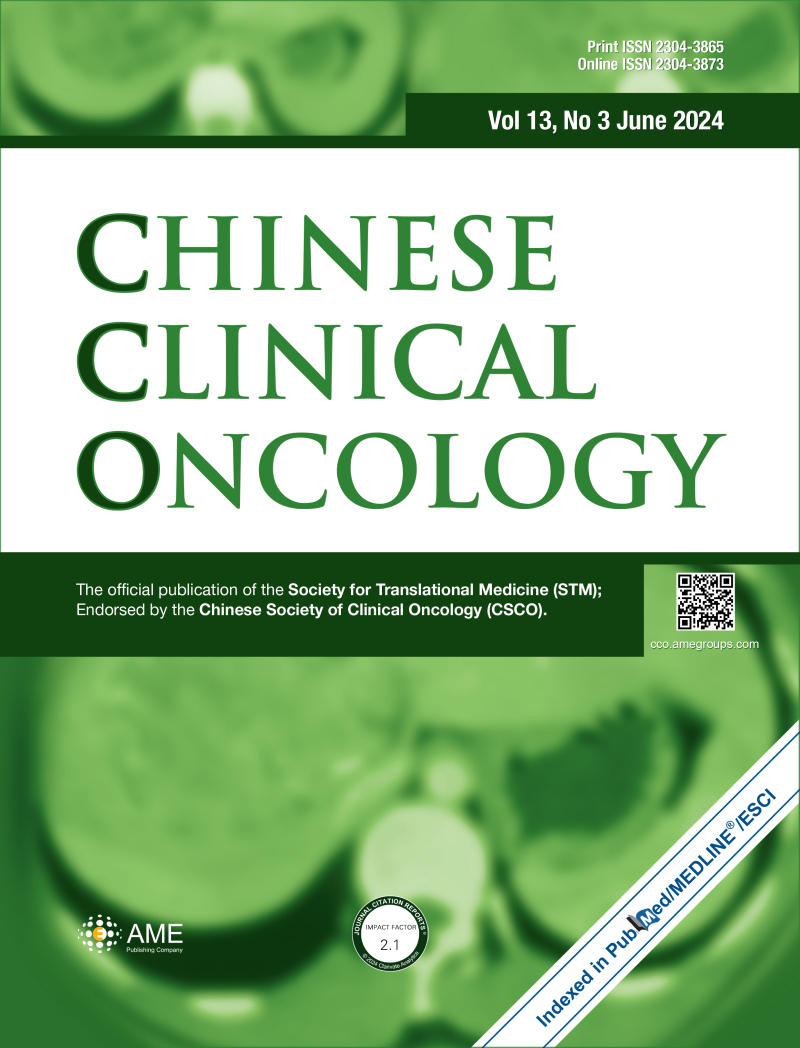
Chinese Clinical Oncology
中科院 4區(qū) JCR Q3
大類:醫(yī)學(xué)
-
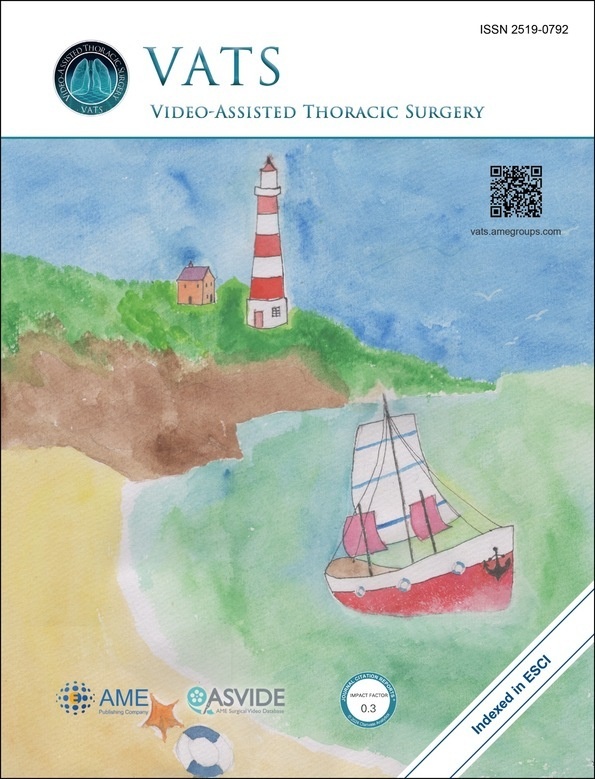
Video-assisted Thoracic Surgery
中科院 4區(qū) JCR Q4
大類:醫(yī)學(xué)
-
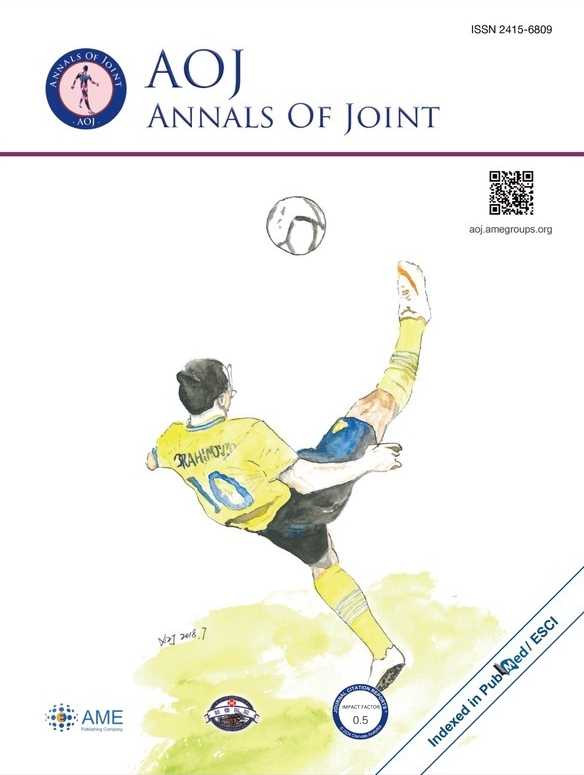
Annals Of Joint
中科院 4區(qū) JCR Q4
大類:醫(yī)學(xué)
-
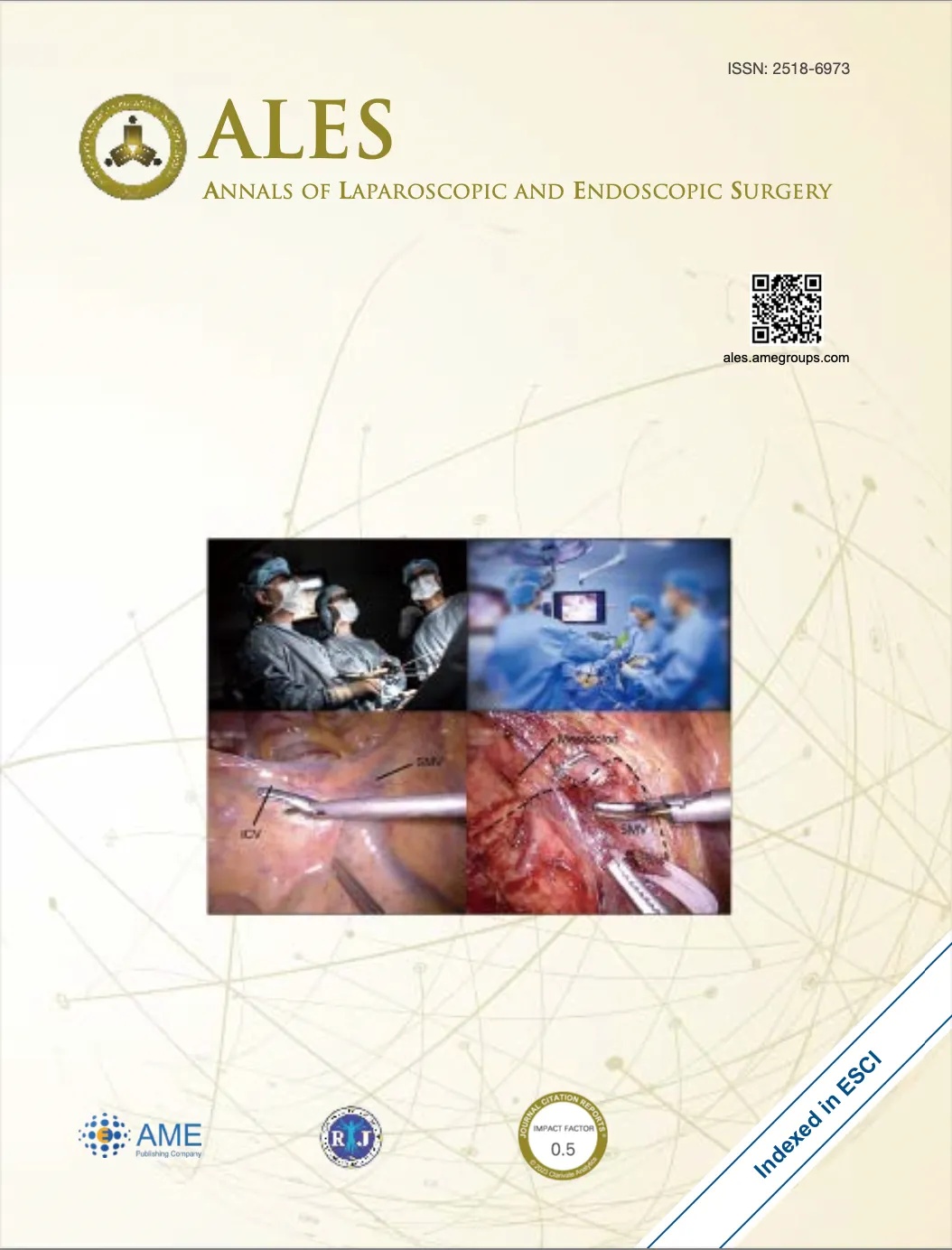
Annals Of Laparoscopic And Endoscopic Surgery
中科院 4區(qū) JCR Q4
大類:醫(yī)學(xué)
-
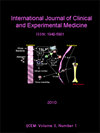
International Journal Of Clinical And Experimental Medicine
中科院 4區(qū) JCR Q4
大類:醫(yī)學(xué)
-

International Journal Of Healthcare Information Systems And Informatics
中科院 4區(qū) JCR Q4
大類:醫(yī)學(xué)
熱門期刊推薦
-
Journal Of Stroke
中科院 1區(qū) JCR Q1
-
World Journal Of Surgical Oncology
中科院 3區(qū) JCR Q1
-
European Journal Of Cancer Prevention
中科院 4區(qū) JCR Q3
-
Bmc Complementary Medicine And Therapies
中科院 2區(qū) JCR Q1
-
Discover Oncology
中科院 4區(qū) JCR Q2
-
Journal Of Clinical And Translational Hepatology
中科院 3區(qū) JCR Q2
-
Journal Of Multidisciplinary Healthcare
中科院 3區(qū) JCR Q2
-
Naunyn-schmiedebergs Archives Of Pharmacology
中科院 4區(qū) JCR Q2
